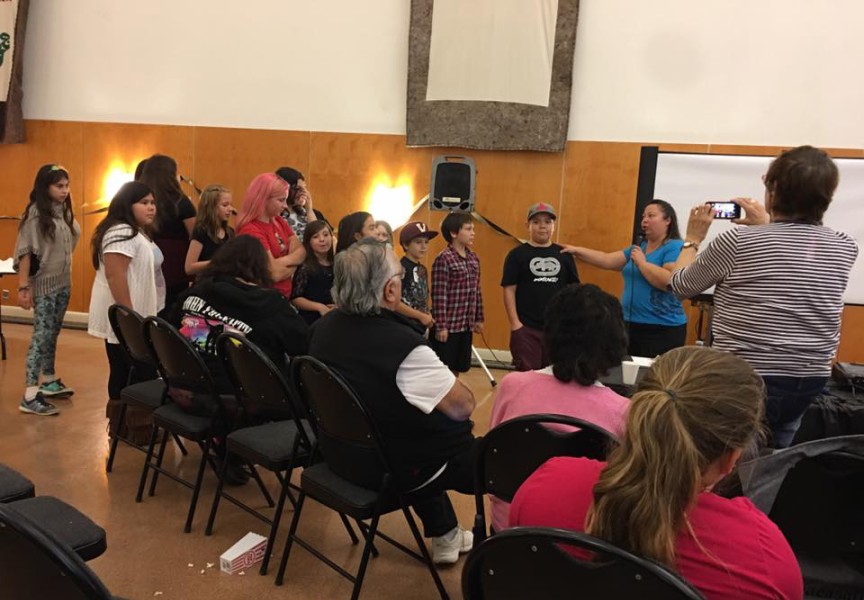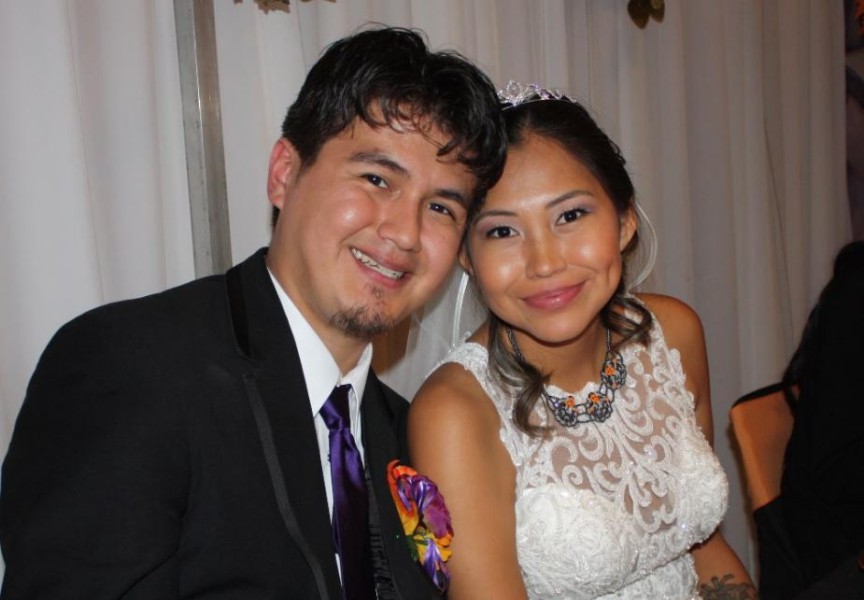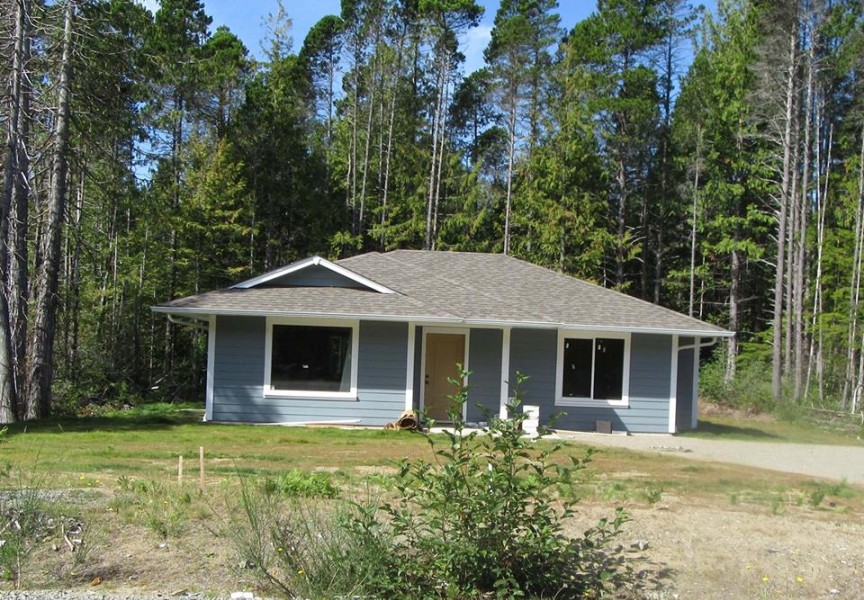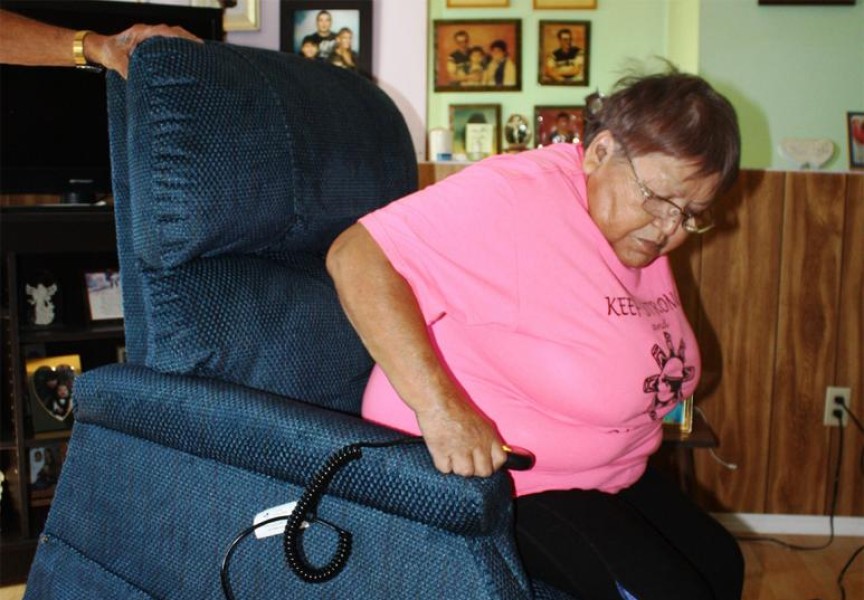Delivering health care services to Nuu-chah-nulth First Nations, many of which are based in remote villages, can be a daunting task. Just ask Robert Cluett, program coordinator for Non-Insured Health Benefits.
NIHB falls under the Nuu-chah-nulth Tribal Council’s Health Promotion & Social Development department, which promotes health and wellness in Nuu-chah-nulth communities. Cluett’s role is to ensure that people don’t get stuck with unnecessary medical costs.
“It’s all about extended health benefits. Think of it as First Nations Blue Cross,” he explained. “My program has five or six programs inside of it.” The NIHB programs include Medical Equipment and Supplies, Care Card, Prescription Drugs, Dental, Non-insured Mental Health Crisis Counselling (NIMHCC), Medical Patient Travel, and Optical. NTC administers the Optical program for Nuu-chah-nulth members, as well as NIHMH Crisis Counselling. Medical Patient travel is administered by the Nuu-chah-nulth communities.
The program is funded by Health Canada, and covers patient costs in a wide range of medical services.
For Nuu-chah-nulth, especially members living in remote communities, medical travel is the dominant issue, according to Cluett.
“We have 14 different communities and they each operate quite differently because of demographics,” he said. “You can’t just canoe out of Kyuquot when you need to see the doctor. There’s a lot of air and water-taxi travel.”
For people in the small communities, just getting to a family physician can require a costly commute. And when it comes to seeing a specialist, even members living in Port Alberni often have to travel to Nanaimo, Courtenay-Comox or even Victoria.
“Medical travel is huge. I get 15 to 20 calls a day for medical travel, and some of them are critical [cases]. My job is continually coordinating with community health workers and business providers such as nurses, doctors, hospitals, and local health authorities regarding medical patient travel access and authorizations.”
NIHB, through the First Nations Health Authority, also covers the cost of medical equipment and supplies. That may come in the form of a mobility aid, such as a wheelchair or a walker, or for smaller items such as hearing aids or orthotics.
“You need a doctor’s prescription, and you also need an Occupational Therapy or Physiotherapy assessment. They send a letter to an approved provider.”
There are also benefits for vision care services, dental services and prescriptions.
Away-from-home mental health services are also available under the Non-Insured Mental Health program.
“For people on-reserve, there are counsellors going into the communities,” Cluett explained.
The NIHB program also has Randy Ginger, NIHB Clerk, who divides his duties between NIHB and the NTC Mental Health program.
Cluett’s career path has taken him across the entire country, with numerous stops around the world.
“I’m ex-military. I spent 25 years in the service,” he said. “I was born in Trout River, Newfoundland. That’s on the northern peninsula on the Gulf of St. Lawrence.”
Following retirement, he stayed in Victoria, where he worked with the John Howard Society, before applying for the NIHB position at NTC.
“When I came here, the job was brand new. I started without a desk, without a typewriter. I shared a computer for two years.”
Those days of scrambling for facilities and learning on the job are long past. Cluett is approaching his 18th year in his role as NIHB coordinator, but it is no time to get comfortable, he said.
The second phase of the transfer of programs and services previously delivered by Health Canada’s First Nations Inuit Health Branch (Pacific Region) to the First Nations Health Authority began on Oct. 1, 2013.
When the transfer is fully implemented, funding for NIHB will also devolve from Health Canada to FNHA. The FNHA has five regions, with Nuu-chah-nulth located in the Vancouver Island Region, which is headquartered in Parksville.
“It’s humungous. It’s 20 years in the making. It’s going to be huge,” Cluett said. “It’s going to be a major transition, and I expect it could be years before it is completed.”






